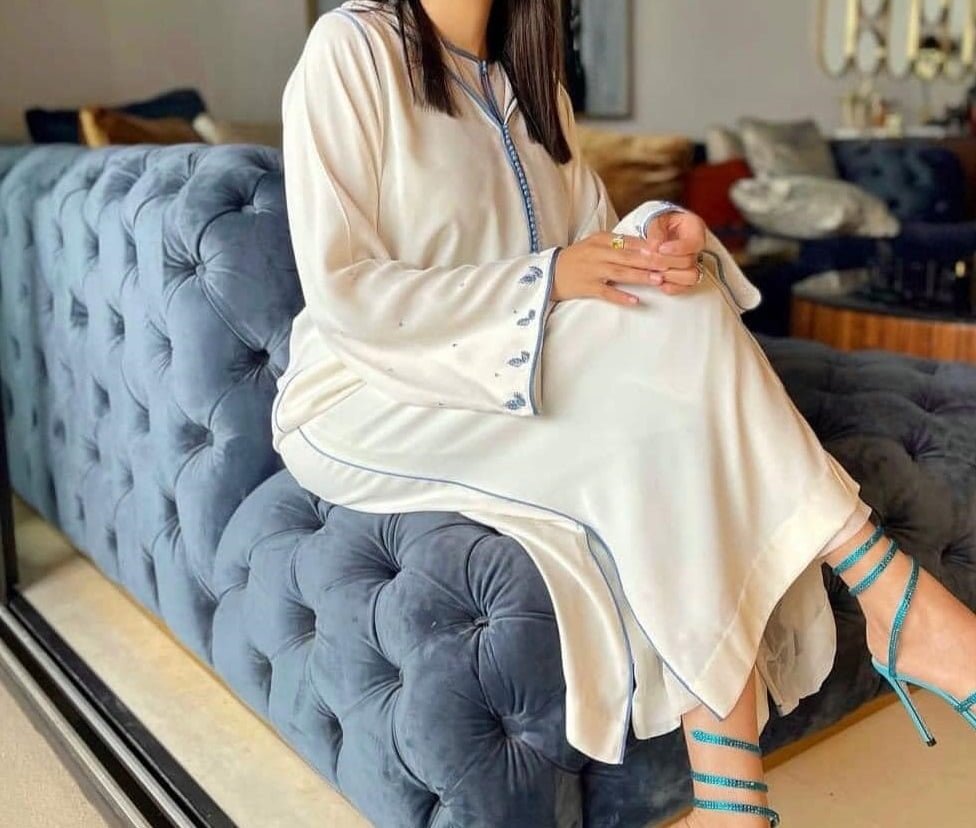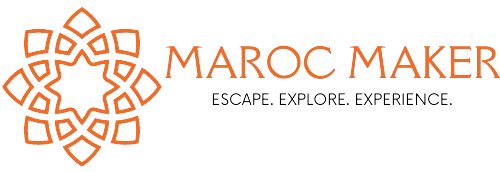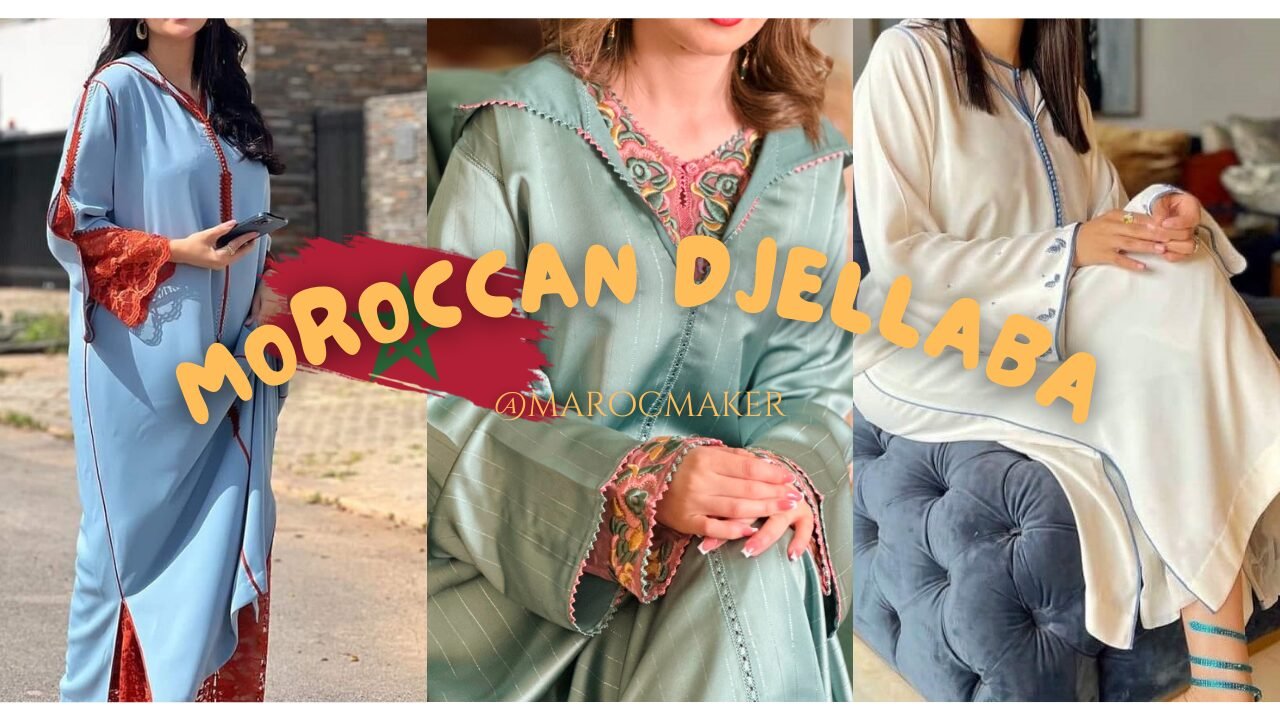What is a Djellaba?
The djellaba is a long, loose-fitting dress with long sleeves and a hood. The djellaba is a traditional Moroccan garment by excellence. Like the kaftan, gandoura and jabador, the djellaba is the undisputed symbol of the country.
What are the origins of the Djellaba?

The djellaba has been part of Moroccan culture for many centuries now.
The djellaba has remained an integral part of Moroccan customs, despite colonization by the Ottoman Empire. Over the years, the famous Moroccan djellaba has held its ground as a traditional garment in the minds of Moroccans.
This traditional garment used to be made from coarse wool, and some from sheep’s wool. The djellaba was traditionally worn by upper-class men, due to its high price.
This traditional Moroccan garment was often white and striped, with few patterns.
In Morocco, the color white is very widespread.
It symbolizes purity, moral qualities and virtue. This is why the Berber djellaba or tajellabiyt was designed in this color.
Moroccan djellabas also play an important role for children, representing the transition from childhood to adulthood. Indeed, Berber women would give their sons a djellaba as they entered adolescence. From this age onwards, boys are “robust enough” to accompany their fathers in professional activities.
That’s why the traditional djellaba is so important to Moroccans.
The traditional djellaba

Today, the Moroccan djellaba continues to embellish itself and follow the latest trends.
Now recognized the world over, Moroccan djellabas are appreciated for their unique embroidery, but also for their Moroccan craftsmanship.
Highly appreciated in the Arab world, particularly in the Middle East, djellabas come in a wide range of models inspired by the culture of each country. The Saudi djellaba, for example, features full “butterfly” sleeves.
Nowadays, Moroccan djellabas have been appropriated by women.
The latter have adopted the traditional women’s djellaba and made it an essential part of Moroccan women’s dressing.
There are many different styles of djellaba.
Indeed, you can find modern, very chic djellabas and others that are simpler and more comfortable to wear as “home wear”.
– Djellabas in plain colors such as red, pink or green.
– Patterned Djellaba with or without hood.
– Modern Djellaba in trendy pastel colors.
– Djellaba abaya with full butterfly cut
This traditional garment is also worn by children.
A girl’s djellaba is much more elaborate and sophisticated than that of a boy.
Children generally wear djellabas for festive occasions such as weddings.
In general, the price varies according to the type of artisanal tailoring selected, but also to the period of the year.
During the month of Ramadan or on religious holidays, the djellaba remains the flagship garment for Muslims, thanks to the fact that it respects all the codes of legal clothing.
Worn in the four corners of the world, the djellaba has seduced and endured over the years.
What is the origin of the word Djellaba?
Are you a little fuzzy on the word djellaba? Don’t really know how to define it? Then you’ve come to the right place! We tell you all about the origin of the word jellaba.
The word djellaba means “lining” or “wrap” in Arabic, but also in Berber. What’s more, the word jellaba is an alteration of the word jilbab, which in ancient Arabic meant “a draped garment”.
How do you spell Djellaba?
The djellaba is also known by other names: qeššaba, qeššabiya or tajellabit. Depending on the region, the name can change.
In Morocco, we call it “tajellabit”, which comes from the Berber dialect. On the other hand, this garment can be written in different ways:
- Jellaba / d͡ʒɛlaba
- In arabic : جالبة
- In berber : ⵜⴽⴱⴱⵓⵜ




Comments are closed